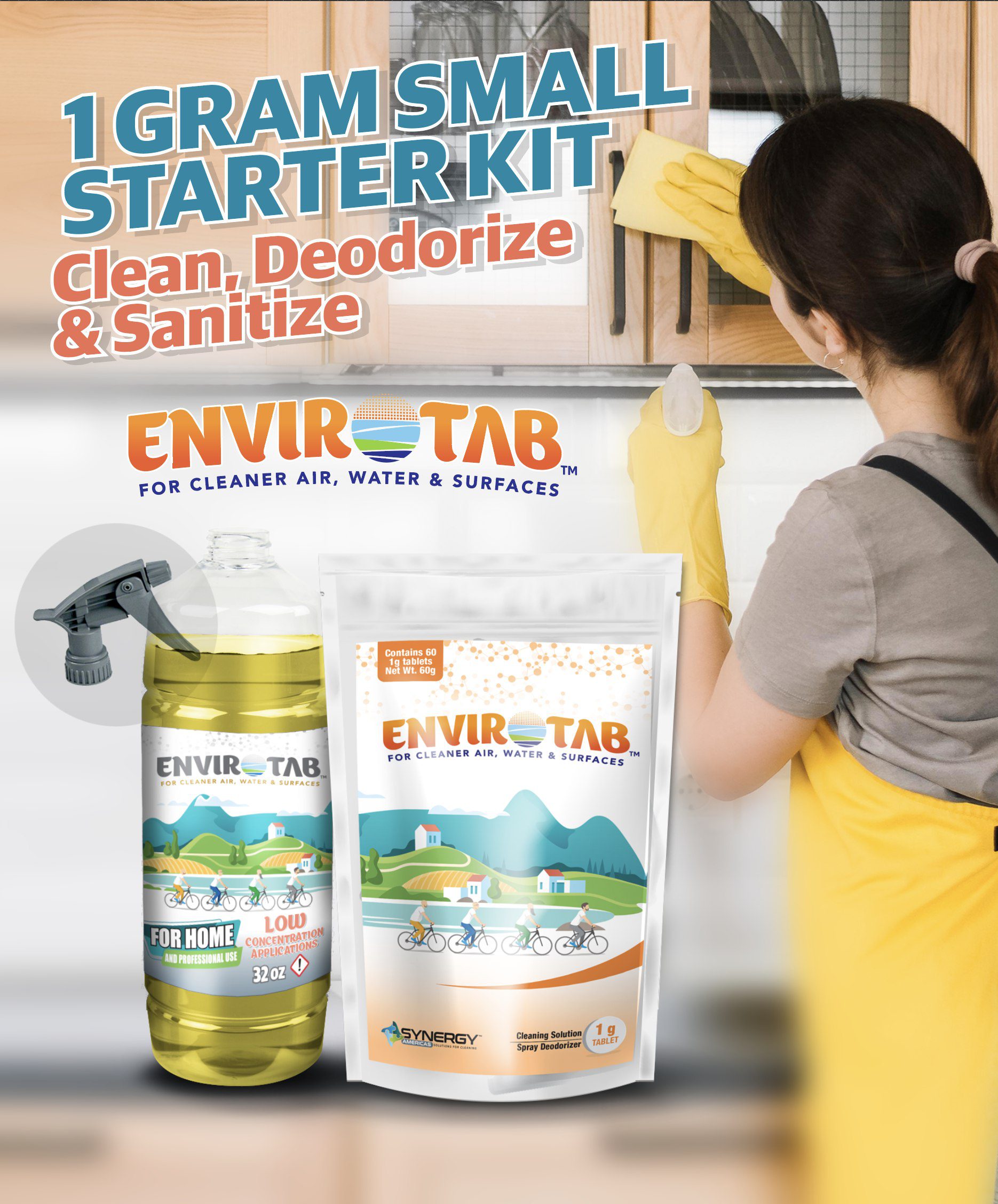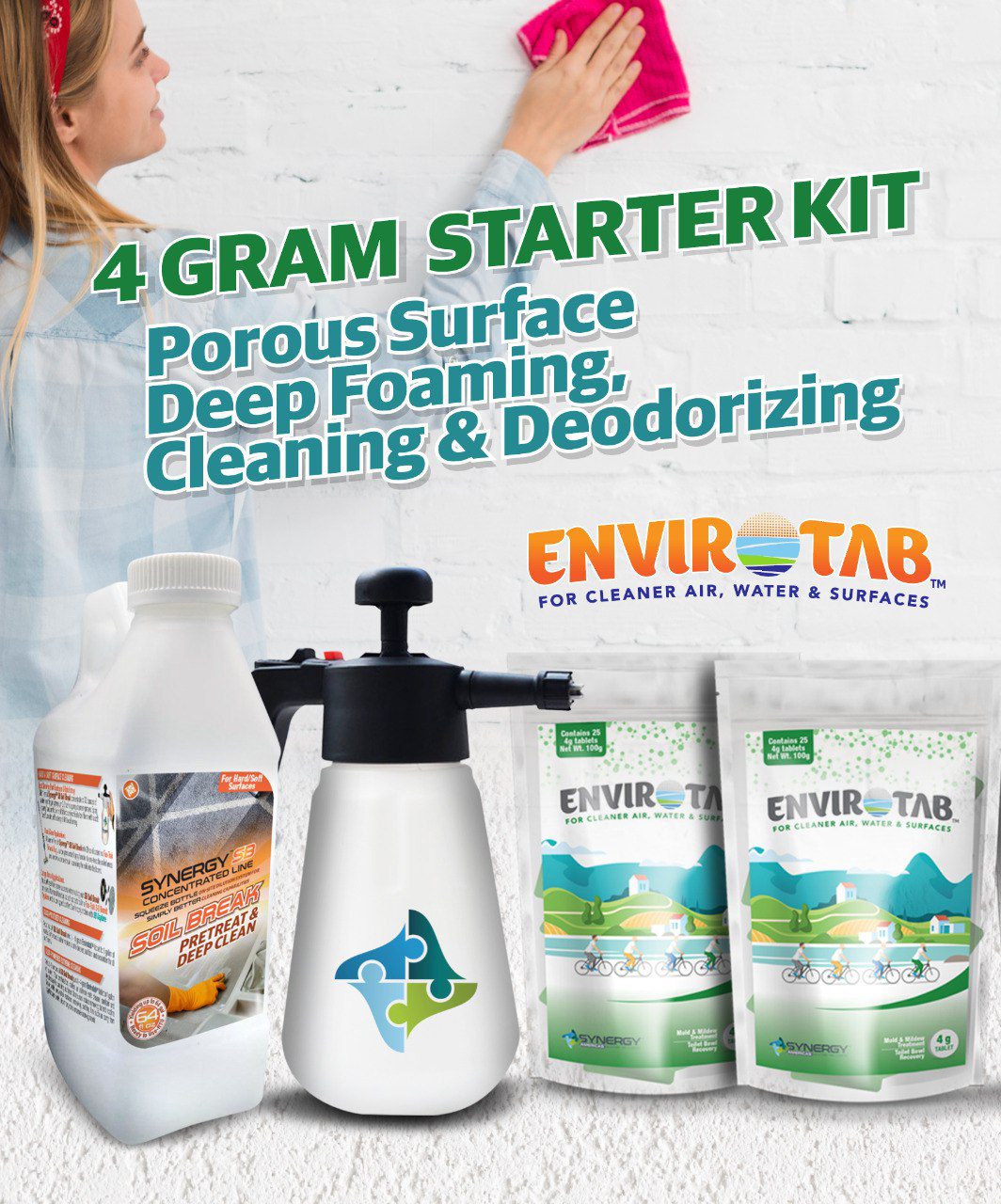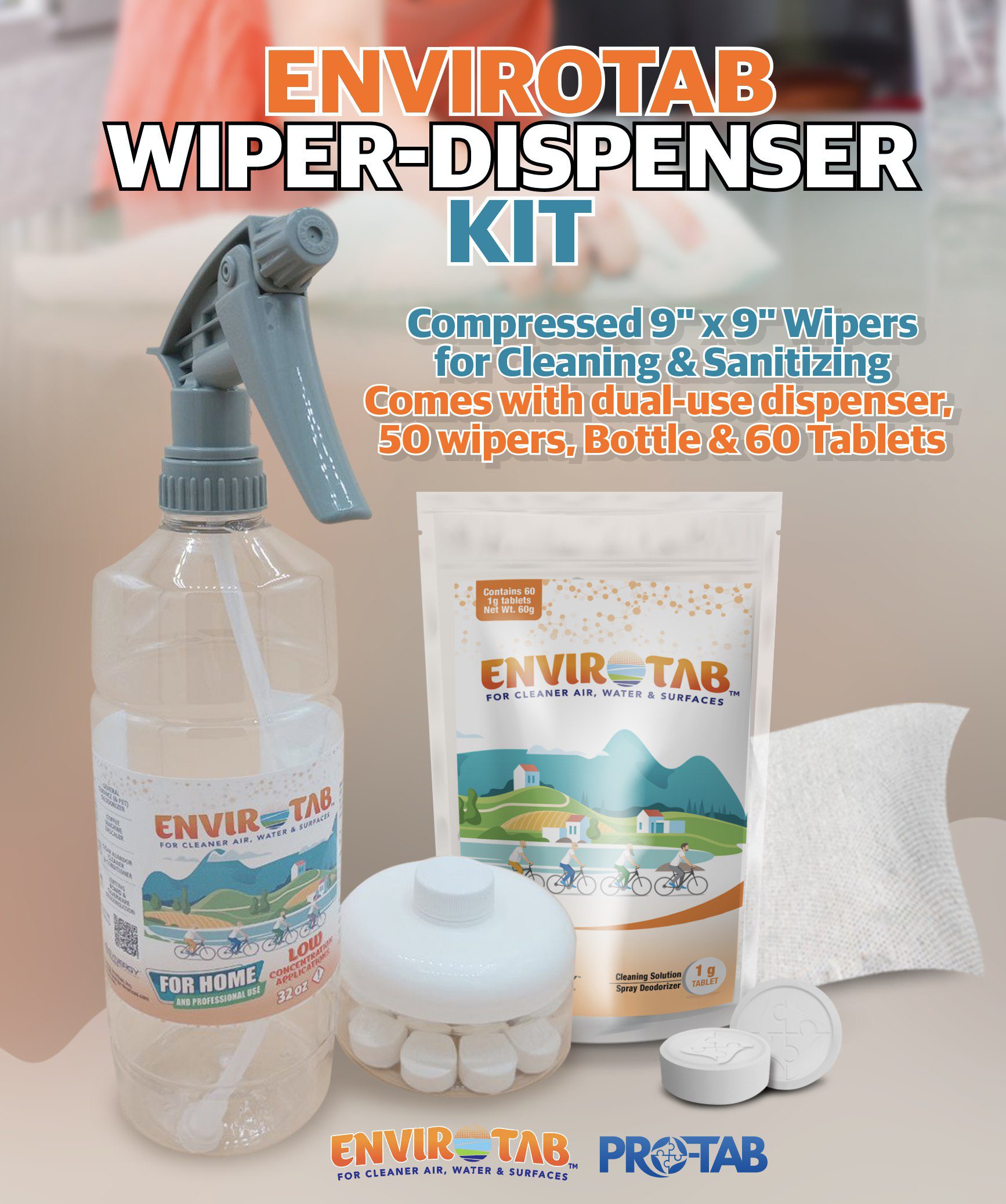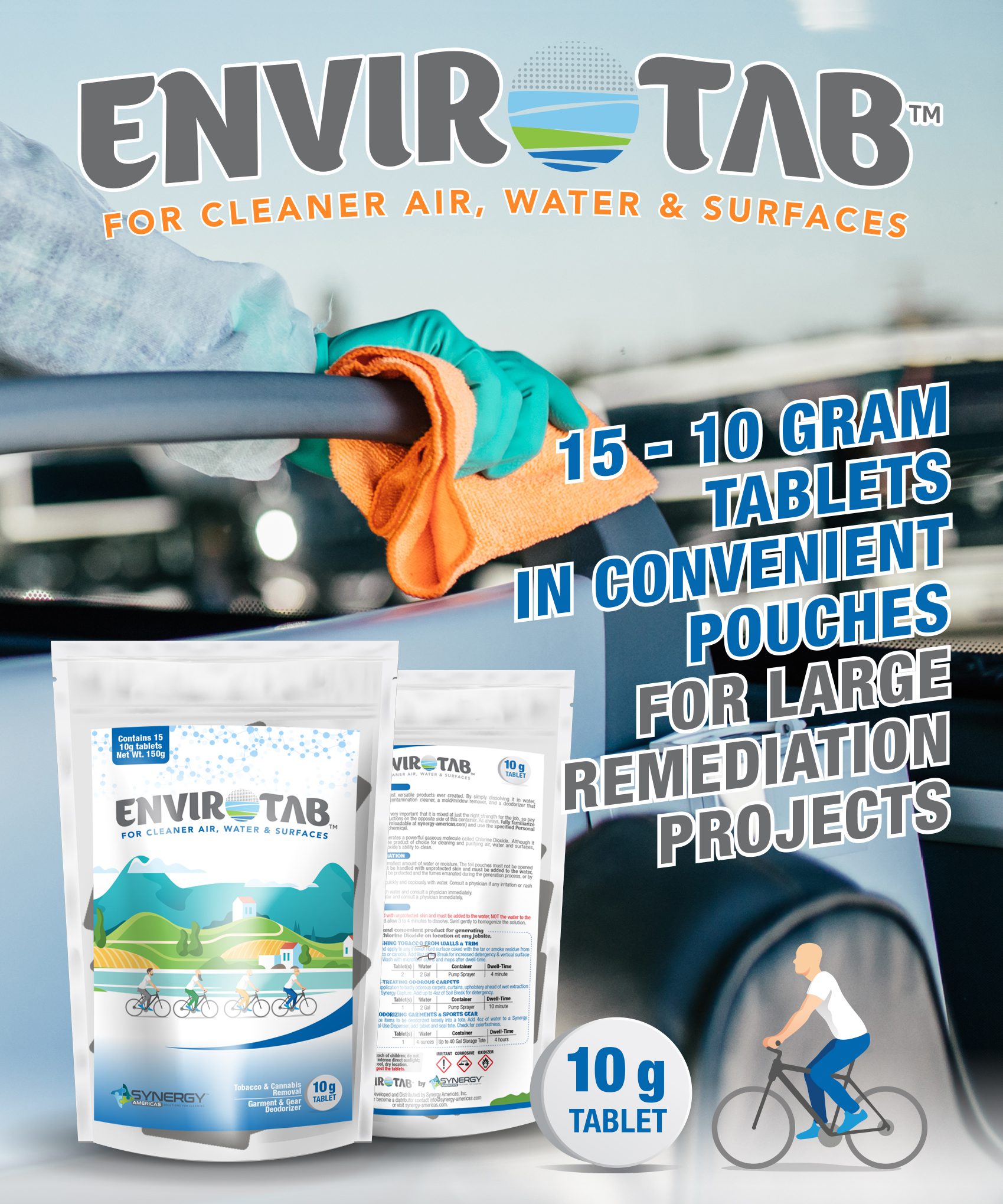The Hidden Danger in Facility Waterlines & How Chlorine Dioxide Stops It
Waterlines are everywhere—hospitals, dental offices, schools, restaurants, gyms. Yet behind the clean-looking faucets and taps lies an invisible threat: biofilm buildup.
Biofilm is a slimy layer of bacteria, fungi, and other microorganisms that clings to pipes and water systems. It thrives in stagnant or low-flow areas—and once established, it’s incredibly hard to remove.
The result? Outbreaks of Legionella, Pseudomonas, and even fungal infections traced directly to contaminated waterlines.
Real Outbreaks, Real Consequences
-
Dental Waterlines – Studies show that dental unit waterlines often exceed safe microbial counts, putting patients and staff at risk.
-
Hospital Systems – Legionella outbreaks tied to waterlines have caused serious illness and even death in vulnerable patients.
-
Schools & Public Facilities – Aging pipes + seasonal stagnation = ideal breeding ground for pathogens.
💡 When biofilm forms, flushing with water or using basic cleaners doesn’t work—it only peels the surface, leaving the colony alive and well beneath.
Recent Outbreaks That Changed Communities
-
New Orleans, 2023: Legionella bacteria spread through waterlines, sparking public health alerts.
-
Jackson, Mississippi, 2022: Infrastructure failure left thousands without safe drinking water.
-
Camden, New Jersey, 2021: Contaminated distribution lines resulted in residents advised to boil water.
These stories are not distant headlines—they’re warnings. Every family, school, hospital, and facility is vulnerable if their water isn’t properly treated.
 What Happens If Someone Drinks or Uses Contaminated Water?
What Happens If Someone Drinks or Uses Contaminated Water?
Exposure to unsafe water can cause serious health risks, often without immediate warning. Symptoms depend on the contaminant but may include:
-
Gastrointestinal issues: nausea, vomiting, diarrhea, stomach cramps
-
Fever and fatigue: signs of infection from bacteria or parasites
-
Skin rashes or irritation: from bathing or washing in contaminated water
-
Respiratory problems: cough, chest tightness, or pneumonia if inhaling vaporized contaminated water (e.g., Legionella)
-
Neurological symptoms: in severe cases, parasites or toxins can cause headaches, confusion, or seizures
What Should They Do If They Suspect Water Contamination?
-
Stop drinking the water immediately. Switch to bottled or properly treated water until safety is confirmed.
-
Boil water if advised. Heat to a rolling boil for at least 1 minute (3 minutes at higher altitudes) to kill most microbes.
-
Use chlorine dioxide treatment. ClO₂ tablets are effective at killing bacteria, viruses, and parasites in water sources.
-
Seek medical care. If symptoms appear, especially diarrhea, fever, or breathing issues, contact a healthcare provider.
-
Report concerns. Notify your local health department so testing and community alerts can be issued.
Why Traditional Methods Fail
Bleach, harsh chemicals, or routine flushing are temporary at best—and damaging at worst. They either:
-
Fail to penetrate biofilm,
-
Leave harmful residues, or
-
Corrode pipes, faucets, and sensitive equipment.
This is why outbreaks keep happening: facilities rely on methods that don’t actually solve the problem.
Why Chlorine Dioxide Is Different
Unlike chlorine bleach, which leaves harmful byproducts, chlorine dioxide is selective and powerful. It destroys dangerous pathogens—including those resistant to chlorine—without creating toxic residues. That means safer water for families, businesses, and communities.
 The Power of Chlorine Dioxide (ClO₂)
The Power of Chlorine Dioxide (ClO₂)
Unlike bleach or chlorine, ClO₂ penetrates biofilm at the molecular level, dismantling the slimy structure and neutralizing pathogens.
Here’s why facilities worldwide are turning to ClO₂ for waterline safety:
-
Biofilm Penetration – Destroys hidden colonies where pathogens multiply.
-
Broad-Spectrum Kill – Effective against bacteria, fungi, viruses, and spores.
-
Eco-Friendly – Breaks down into salt and water, leaving no harmful residue.
-
Non-Corrosive – Safe for pipes, fittings, and sensitive equipment.
What Businesses Can Do Now
If your facility relies on clean, safe waterlines—waiting until an outbreak isn’t an option.
🔑 Steps to Protect Your Facility:
-
Audit your waterline maintenance protocols.
-
Test microbial levels regularly.
-
Replace bleach-based cleaners with ClO₂ solutions.
-
Train staff on proper use and compliance.
-
Establish a preventative treatment plan.
Protecting Families, Protecting Their Future
Every outbreak is a reminder: safe water is never guaranteed. But with awareness, preparedness, and science-backed tools like ClO₂ tablets, you can stay ahead of contamination risks.
👉 Be proactive. Educate your community. And never take “clean water” for granted.
The Bottom Line 💧
Whether you manage a dental practice, hospital, gym, or public facility—your reputation and people’s health are on the line.
ClO₂ tablets are a proven, safe, and eco-friendly way to eliminate biofilm and protect your water systems from dangerous outbreaks.
👉 Don’t wait for a headline-making outbreak. Protect your facility today.
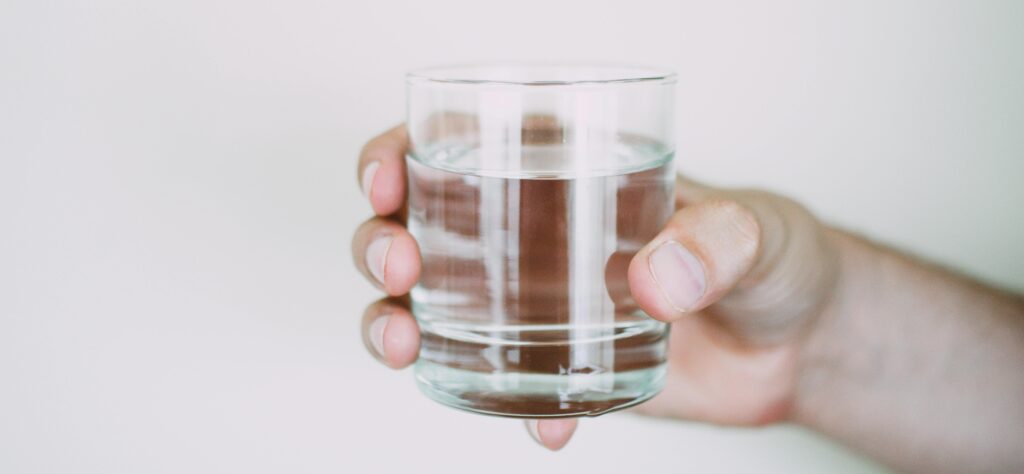

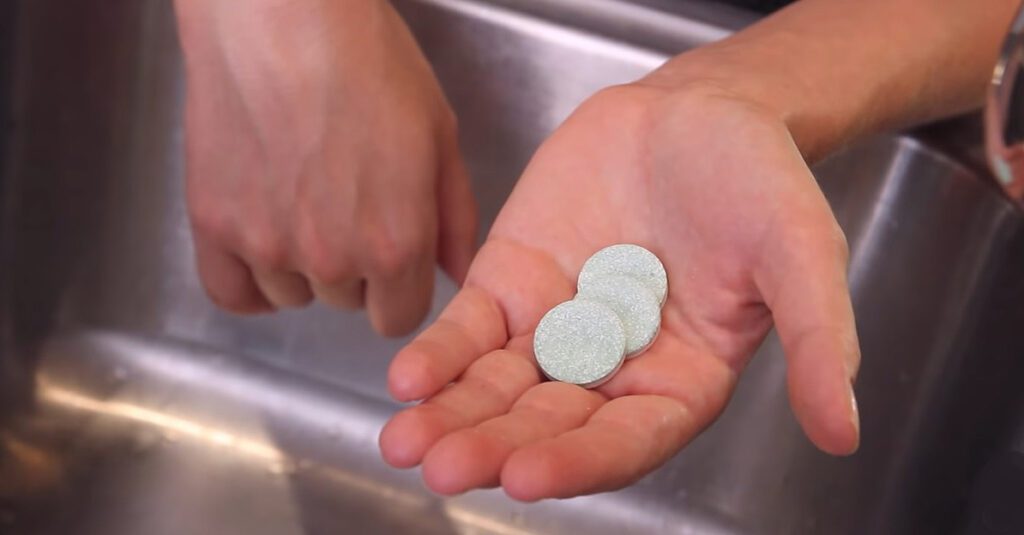 The Power of
The Power of 